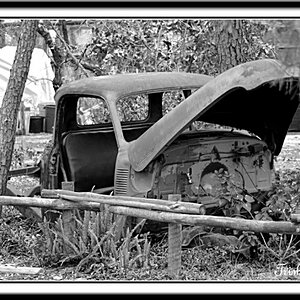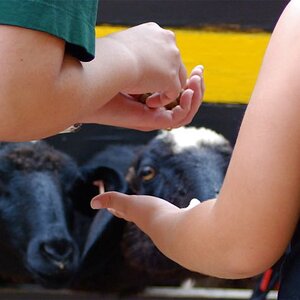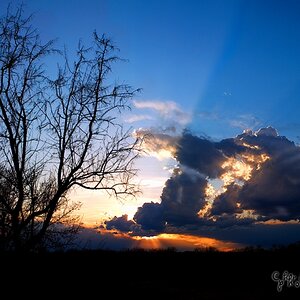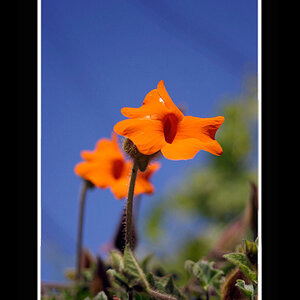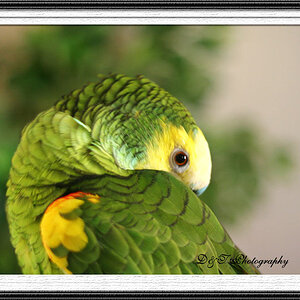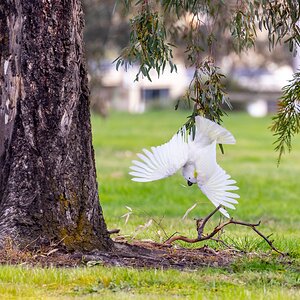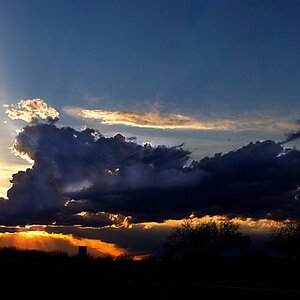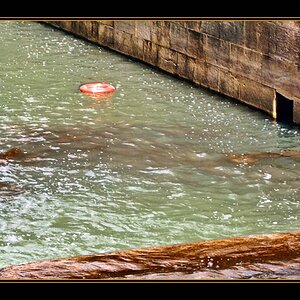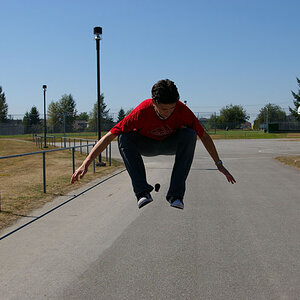crispyphoto
TPF Noob!
- Joined
- Feb 9, 2017
- Messages
- 3
- Reaction score
- 1
- Can others edit my Photos
- Photos NOT OK to edit
Been lurking here for a bit and found some good advice. I have had a Digital Rebel for a little more than 10 years. I originally used is fairly frequently, mainly for scenic and family photos. Over that past couple of years it has been lightly used as I kept getting frustrated with poor battery life. I know I still have a lot to learn, but think I would be better served learning with a newer body and have decided to update the camera. I have been looking at the 80D and the 7D Mark ii and have been drawn more to the 80D based on the features and what I have read and the type of shooting I would like to do. I have interests in shooting scenic, wildlife, travel and some sports (horse racing, golf, and maybe some local college teams).
Wit the Rebel I have 1 EFS lens (18-55) and 2 EF IS lenses (75-300) and (28-135). With the 80D I was looking to add an EF 70-200 f4 IS USM and came across a youtube video that downplayed the use of full frame lenses on crop bodies and the loss of picture quality.
Should I be considering something different with a budget of about $2500? Thanks!
Wit the Rebel I have 1 EFS lens (18-55) and 2 EF IS lenses (75-300) and (28-135). With the 80D I was looking to add an EF 70-200 f4 IS USM and came across a youtube video that downplayed the use of full frame lenses on crop bodies and the loss of picture quality.
Should I be considering something different with a budget of about $2500? Thanks!


